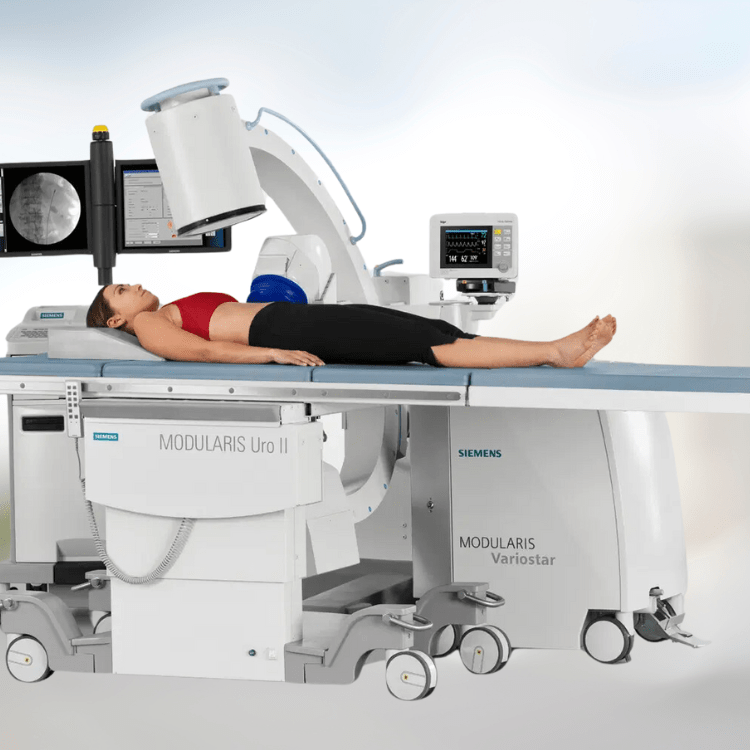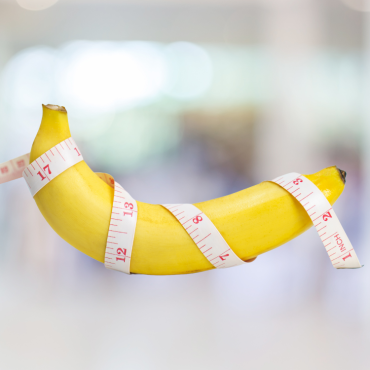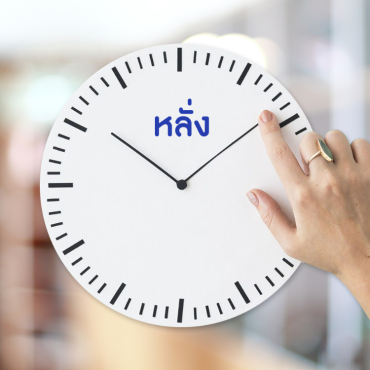
Urinary System
Treatment of kidney stones without surgery ESWL
Treatment of kidney stones by lithotripsy (ESWL) is a method of breaking up kidney stones by breaking the stones into small pieces using sound energy from the vibration of electromagnetic waves from outside the body. This energy will pass into the body without damaging the tissue. After the stones are broken into small pieces, they will be mixed with urine. This is a treatment that does not require injections or general anesthesia. The patient will be conscious throughout the treatment. There are no wounds or drainage tubes outside the body. The patient can go home to recover after receiving treatment.
Kidney stones
Kidney stones are more common in industrialized countries than in agricultural countries. Kidney stones are often caused by very concentrated urine and precipitate into stones. They usually occur in the kidneys in the renal pelvis. When the stones fall into the ureter, there will be immediate and severe abdominal pain. It was found that when stones occur, the chance of them recurring is about half within 5-10 years. 80 percent of patients have stones that can pass out on their own. If the stone is smaller than 4 millimeters
Electrolytic Wave Lithotripsy (ESWL)
It is a special tool that uses high-frequency sound waves (Supersonic speed) to break the stone into powder or small pellets and expel it from the body through the urinary system. Patients will experience less pain than surgery, have no complications, and do not need to stay in the hospital for a long time.
Preparation for stone lithotripsy
- You should eat soft, easily digestible food.
- You should get enough sleep.
- Go for treatment on the scheduled date.
Behavior during stone lithotripsy
- You may have to lie on your back, stomach, or side, depending on the location of the stone.
- The doctor will find the location of the stone by taking an X-ray. After the X-ray, the patient must lie still because it will prevent the position of the stone from deviating from the original.
- During the stone lithotripsy, there will be a soft sound every time the sound energy hits the stone.
- You may feel some pain from the sound energy that hits. If the pain is unbearable, you must tell the doctor or nurse to reduce the energy level or you may stop for a while.
- Some people may feel nauseous, vomit, or faint. You should tell the doctor or nurse immediately.
Behavior after stone lithotripsy
- The first day may be very painful. You should take painkillers prescribed by your doctor to help relieve the symptoms. Urine may be red or meat-washing color. Don't be alarmed. You should rest and drink plenty of water. The symptoms will improve and disappear in 1-2 days.
- Avoid strenuous work for about 1-2 days, especially when your urine is red.
- Drink plenty of water, at least 3-4 liters per day, to urinate a lot so that the water can help carry the broken stone fragments out faster.
- If you have severe pain, high fever, decreased urination or inability to urinate, you should immediately go back to see a doctor or go to a hospital near your home.
- After treatment and your body is normal, you should exercise regularly and observe whether any stone fragments come out with your urine.
Factors affecting the success of the treatment
- Size of the stone: If the stone is larger than 2 cm or there are many stones, it will have to be repeated several times for the treatment to be successful.
- Hardness of the stone: If the stone has very hard components, it may have to be repeated several times and require a higher level of energy. Sometimes the patient may not be able to stand the pain, making the treatment ineffective.
- Correct behavior of the patient according to the advice of the doctor and nurse
- Anatomical abnormalities of the urinary tract Or patients who have undergone surgery for kidney stones, ureter, may not be able to pass out after the broken stone has been removed, in which case the doctor must stop the stone lithotripsy.
- Categories
- Urinary System





